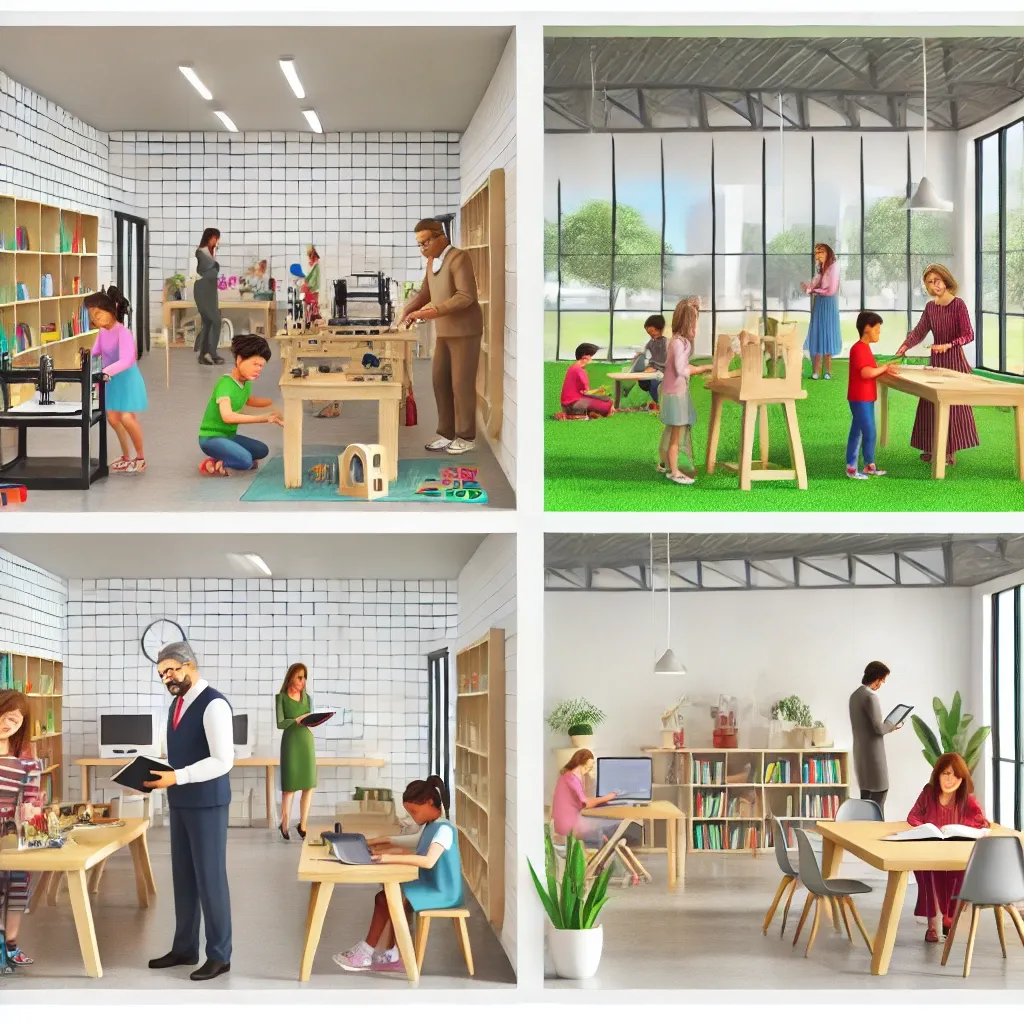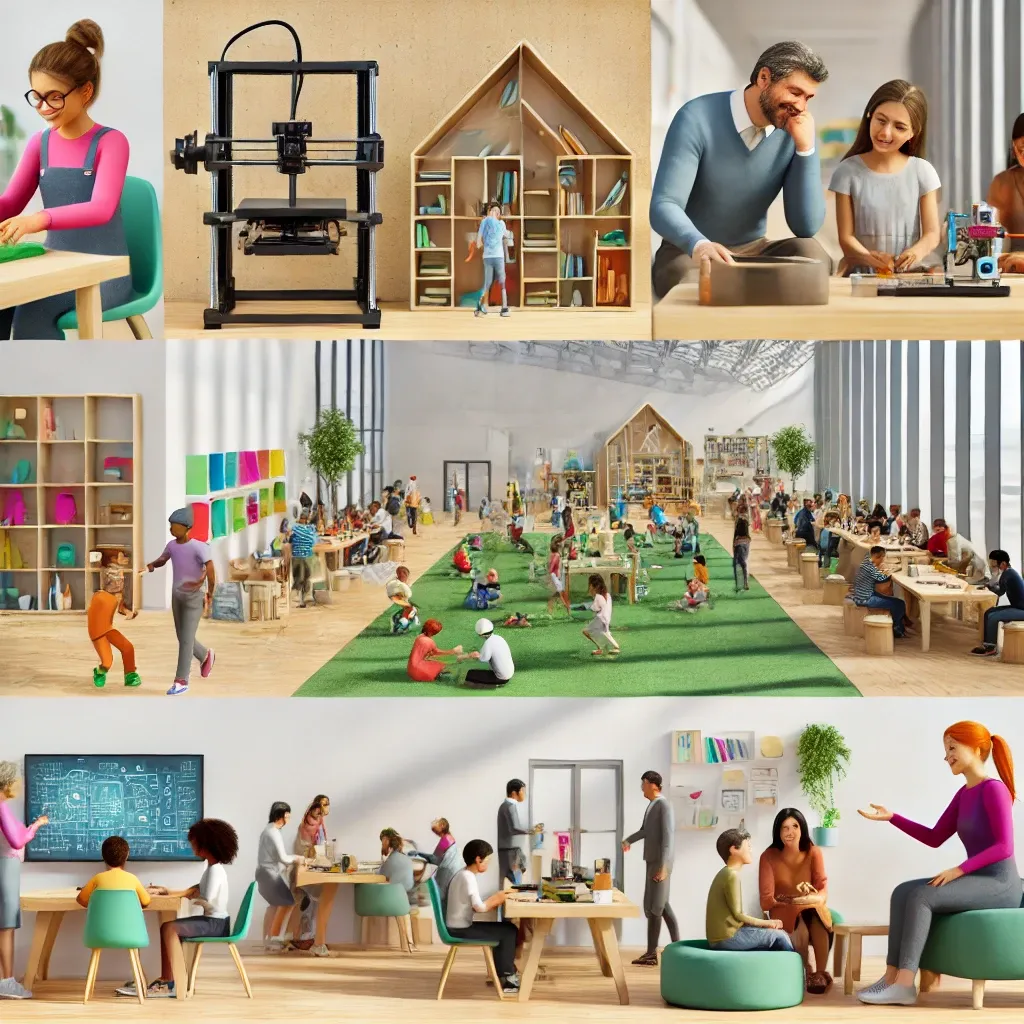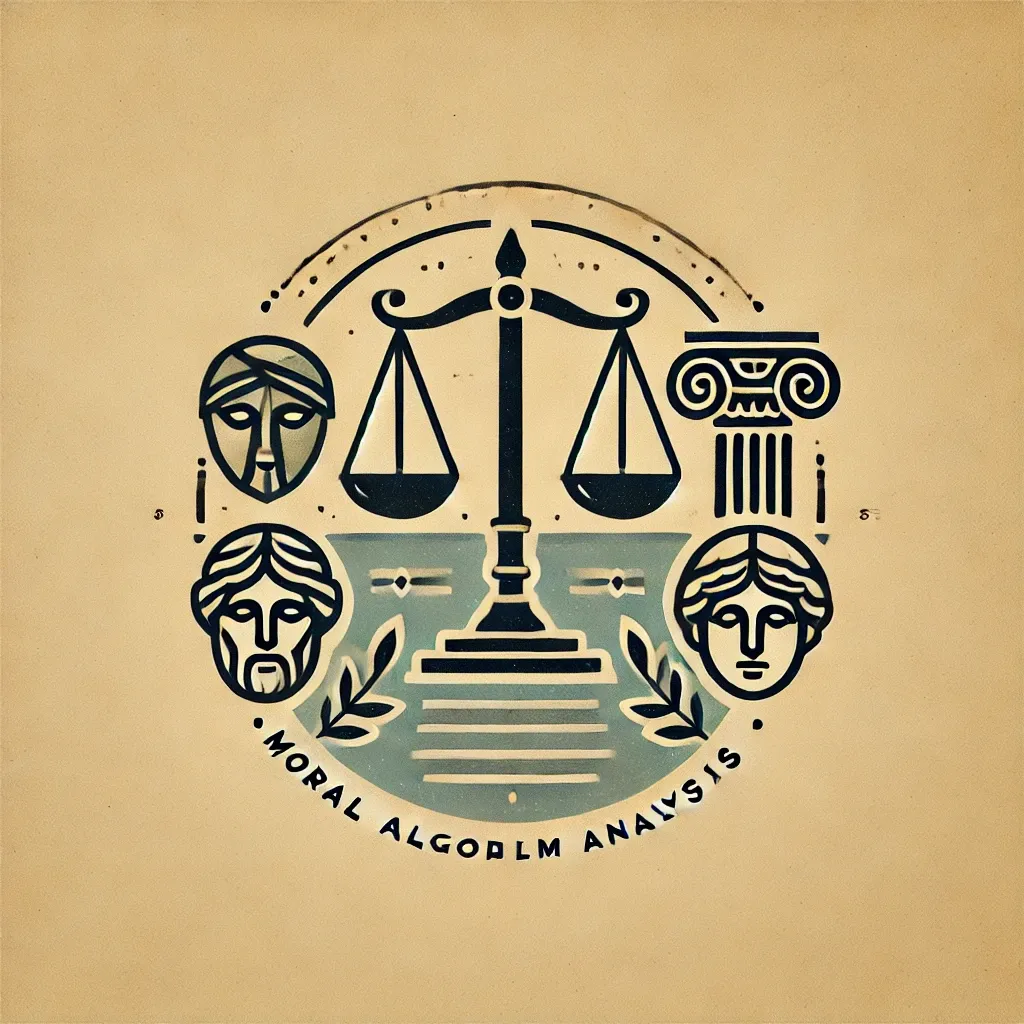A Reimagined Educational System

The current educational paradigm requires a fundamental shift to meet the demands of a rapidly evolving world. By teaching the Trivium (Grammar, Logic, and Rhetoric), equipping learners with AI tools, and transitioning schools and libraries into vibrant learning centers, we can create a lifelong, inclusive, and cost-effective educational framework. This model aligns with "The Great Conversation" principles, fostering intellectual growth, civic excellence, and entrepreneurial spirit.
1. Empowering Learners with the Trivium
The Trivium provides a timeless foundation for learning:
- Grammar teaches understanding and organizing information.
- Logic develops critical thinking and problem-solving.
- Rhetoric refines communication skills and self-expression.
This framework cultivates intellectual independence and prepares individuals to engage in "The Great Conversation," a dialogue that interweaves centuries of human thought to address life's enduring questions. It transcends traditional subjects, fostering adaptability and ethical reasoning for all ages.
2. AI as a Personalized Educational Assistant
Putting AI tools in everyone’s pocket revolutionizes education:
- AI offers personalized learning, adapting to each individual’s pace and style.
- It reduces dependency on costly, standardized resources, saving public funds.
- Learners gain immediate access to global knowledge, fostering curiosity and self-driven exploration.
AI tools bridge gaps in access to quality education, extending learning opportunities beyond classrooms to all members of society, including lifelong learners.

3. Learning Centers as “Third Places”
Converting schools and libraries into "Third Places" offers:
- Cost Efficiency: Maximizes the use of existing infrastructure.
- Community Strength: Learning centers act as “third places,” neutral public spaces that foster social interaction, collaboration, and a sense of belonging.
- Lifelong Education: These centers provide access to resources, workshops, and mentorship for all age groups.
Such spaces enable communities to participate in "The Great Conversation," ensuring the preservation and evolution of cultural and intellectual heritage.
4. Revitalizing Entrepreneurship and Craftsmanship
Learning centers can host makerspaces equipped with tools like 3D printers and CNC machines, enabling individuals to:
- Relearn Lost Skills: Rediscover traditional crafts and trades.
- Innovate: Create new products and solutions for modern needs.
- Build Independence: Promote small businesses and self-reliance.
This emphasis on "making things" fosters creativity, entrepreneurship, and economic resilience.
5. Sustaining Civic Engagement
This model fosters civic excellence by:
- Encouraging informed participation in democracy through the Trivium's critical thinking focus.
- Strengthening communities with shared spaces for discussion, debate, and collaboration.
- Reviving the ideals of "The Great Conversation" to engage citizens in addressing societal challenges with insight and wisdom.
6. Cost Savings and Universal Access
- The AI-integrated learning model reduces costs associated with traditional materials and standardized testing.
- Shared learning centers minimize infrastructure expenses while maximizing impact.
- An inclusive framework ensures education reaches all demographics, fostering equity and opportunity.
A Future-Proof Educational Vision
This approach redefines education as a lifelong journey. It combines timeless principles, cutting-edge technology, and collaborative spaces to empower individuals and communities. By embracing this vision, we honor the ideals of "The Great Conversation," fostering a society that is intellectually robust, socially cohesive, and economically resilient. Traditional teachers and administrators must recognize this transformative model as an opportunity to lead the evolution of education, ensuring its relevance and accessibility for generations to come.
More assistance for the Disabled
The new educational model offers multiple advantages for individuals with disabilities, fostering inclusivity, accessibility, and empowerment. Here's how it addresses their needs:
1. AI as a Personalized Assistant
- Adaptive Learning: AI tools can be tailored to suit individual learning styles and challenges, providing customized support for different disabilities.
- For visually impaired students: Text-to-speech and screen readers enable access to written materials.
- For hearing-impaired students: AI-driven transcription and sign language tools make lectures and discussions accessible.
- For neurodiverse learners: AI can adjust pacing, format, and focus areas, catering to varied attention spans and processing needs.
- 24/7 Availability: Learners can access help outside scheduled sessions, promoting independent study.
2. Accessible Learning Centers
- Universal Design: Makerspaces and learning centers can be built with accessibility in mind, including ramps, elevators, and workstations adapted for different physical needs.
- Assistive Technology Integration: Tools like adaptive keyboards, speech-to-text systems, and tactile interfaces enable participation in hands-on projects.
- Collaborative Spaces: Team-based projects allow learners with disabilities to contribute their unique skills, fostering inclusivity and mutual respect.
3. Empowering Teachers to Support Disabilities
- Training in Inclusive Practices: Teachers can learn to facilitate project-based learning that incorporates diverse abilities.
- Flexible Roles: Teachers can act as guides and mentors, helping learners with disabilities engage meaningfully in activities suited to their strengths.
4. Fostering Independence and Entrepreneurship
- Skill Building: Hands-on activities teach practical skills that enable learners with disabilities to explore career opportunities, from 3D printing to digital design.
- Entrepreneurship Opportunities: With access to tools and training, individuals can create and market their products, reducing dependency on traditional employment barriers.
5. Community and Social Integration
- Inclusive “Third Places”: Learning centers provide spaces where individuals with disabilities can interact with the community, reducing isolation and fostering belonging.
- Advocacy and Dialogue: The focus on "The Great Conversation" encourages everyone, including those with disabilities, to participate in discussions about societal challenges and solutions.
6. Cost and Accessibility Benefits
- Reduced Transportation Barriers: Localized learning hubs make it easier for individuals with mobility challenges to access education and resources.
- Affordable Resources: AI-driven learning and shared tools reduce the financial burden of specialized education.
Conclusion
This model transforms education into a flexible, inclusive, and empowering system. By leveraging AI, universal design, and hands-on learning, it ensures that individuals with disabilities can thrive as learners, contributors, and creators, helping them achieve their fullest potential in society.
